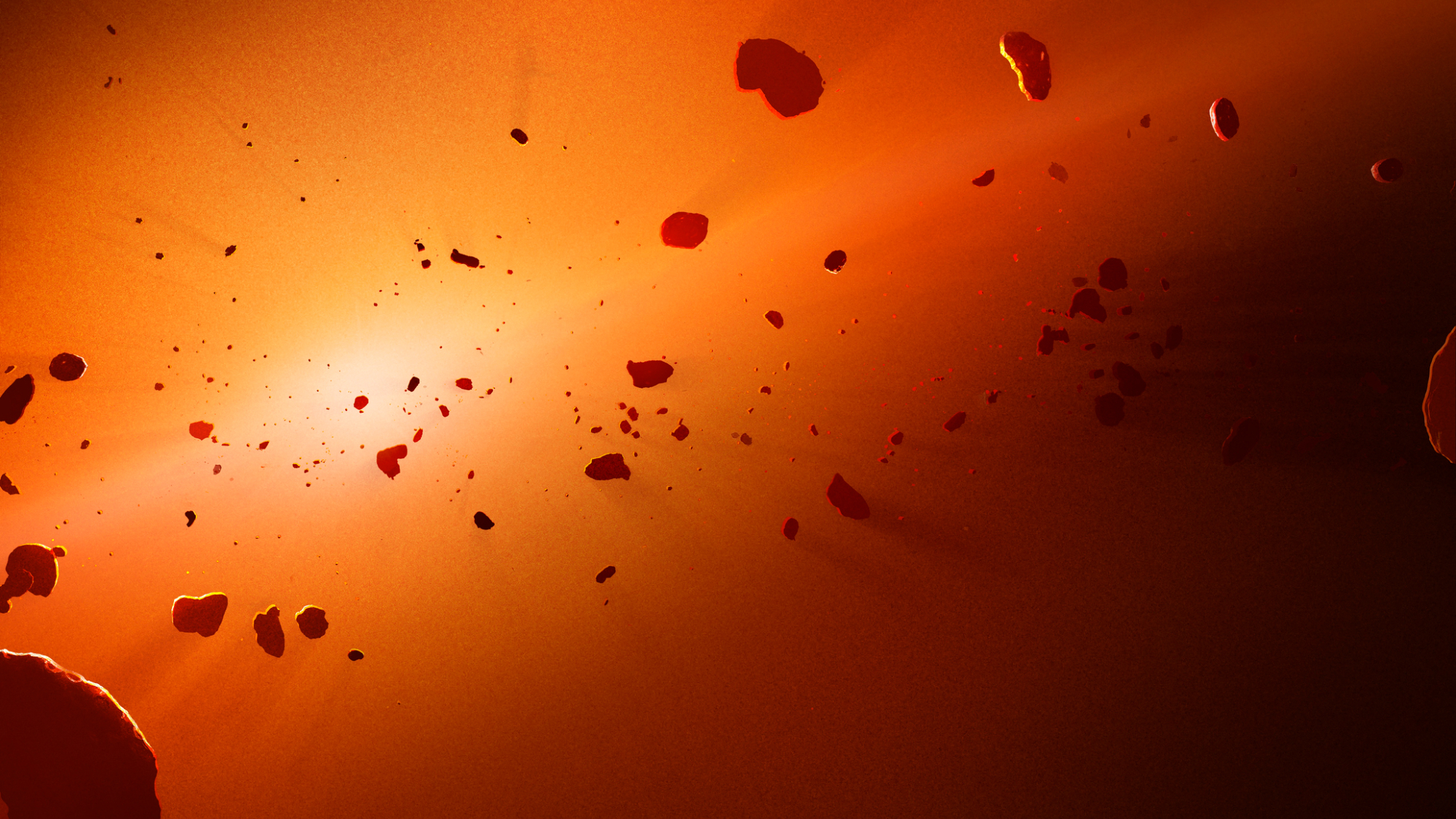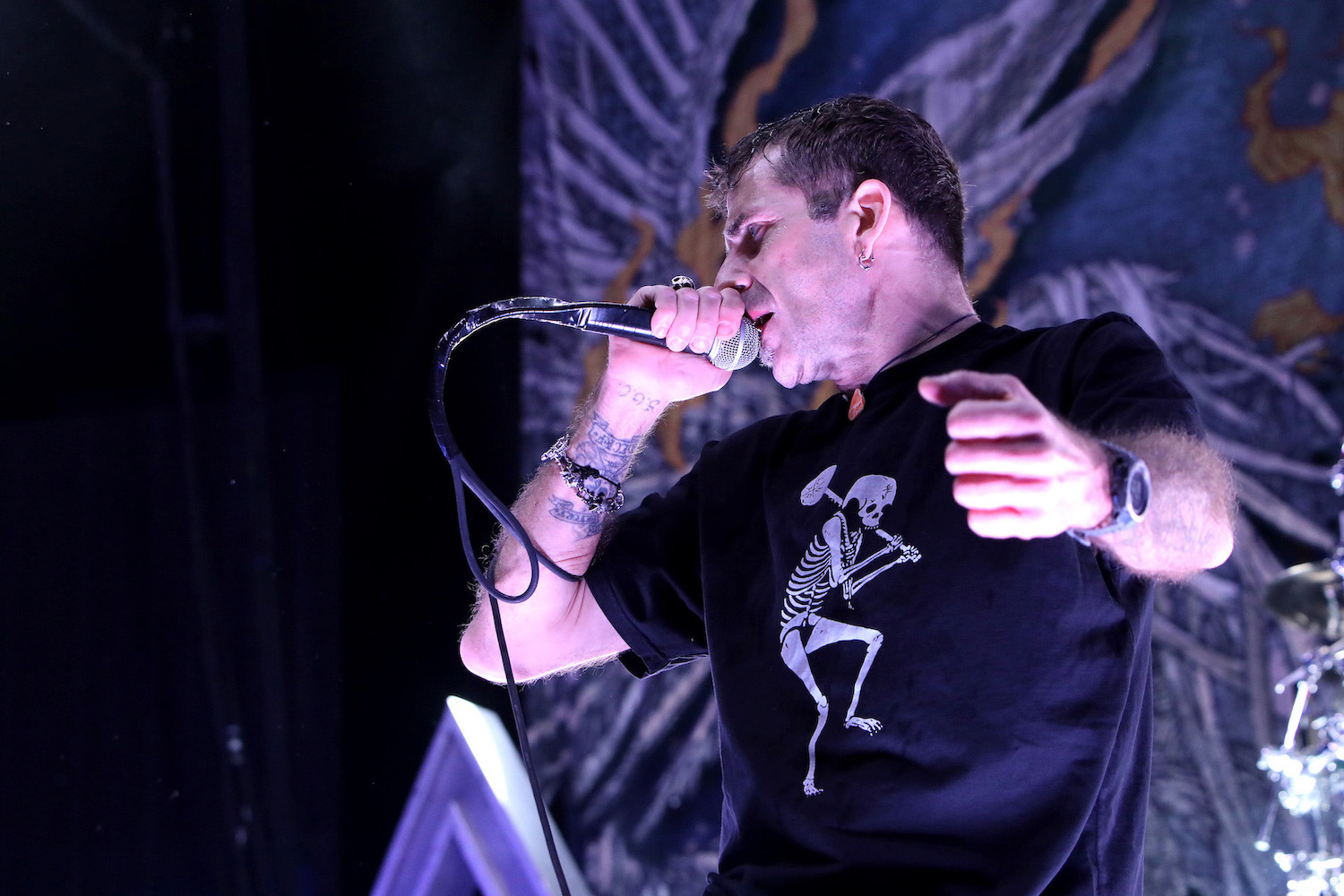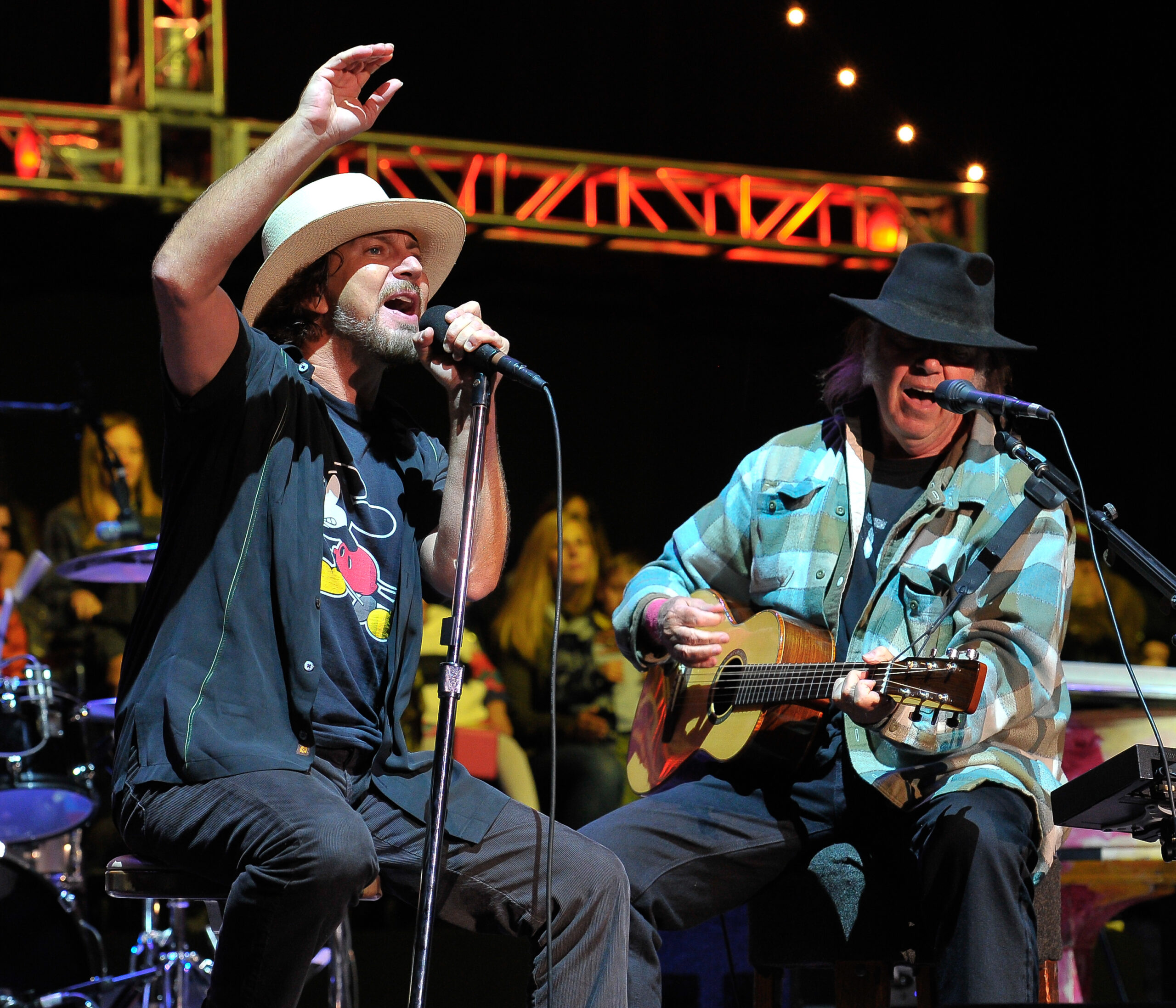Silent Catastrophes by WG Sebald review – academic writing at its most sterile
A collection of professional leftovers that can only diminish the posthumous reputation of a master of high literatureA time there was, and a recent time, when big beasts stalked the groves of academe. This was in the last quarter or so of the 20th century, the leafy days of Althusser and Paul de Man, of the terrible twins Guattari and Deleuze, of Foucault, Derrida and Sollers, of Susan Sontag and the delightful Julia Kristeva. It was the age of theory, after the demise of the new criticism and before even a shred of cannon smoke was yet visible above the battlefields of the coming culture wars.How sure of ourselves we were, the heirs of Adorno and Walter Benjamin. We knew, because Nietzsche had told us so, that there are no facts, only interpretations – sound familiar, from present times? – and that danger alone is the mother of morals. We listened, rapt, to the high priests of structuralism, post-structuralism, postmodernism, und so weiter. We pored in anxious excitement over the hermetic texts of the new savants, encountering sentences such as this, from the pen of a German-born academic who had been long settled in Britain, and who in the last decade of his life would mutate into a world-famous novelist: “The invariability of art is an indication that it is its own closed system, which, like that of power, projects the fear of its own entropy on to imagined affirmative or destructive endings.” Continue reading...

A collection of professional leftovers that can only diminish the posthumous reputation of a master of high literature
A time there was, and a recent time, when big beasts stalked the groves of academe. This was in the last quarter or so of the 20th century, the leafy days of Althusser and Paul de Man, of the terrible twins Guattari and Deleuze, of Foucault, Derrida and Sollers, of Susan Sontag and the delightful Julia Kristeva. It was the age of theory, after the demise of the new criticism and before even a shred of cannon smoke was yet visible above the battlefields of the coming culture wars.
How sure of ourselves we were, the heirs of Adorno and Walter Benjamin. We knew, because Nietzsche had told us so, that there are no facts, only interpretations – sound familiar, from present times? – and that danger alone is the mother of morals. We listened, rapt, to the high priests of structuralism, post-structuralism, postmodernism, und so weiter. We pored in anxious excitement over the hermetic texts of the new savants, encountering sentences such as this, from the pen of a German-born academic who had been long settled in Britain, and who in the last decade of his life would mutate into a world-famous novelist: “The invariability of art is an indication that it is its own closed system, which, like that of power, projects the fear of its own entropy on to imagined affirmative or destructive endings.” Continue reading...
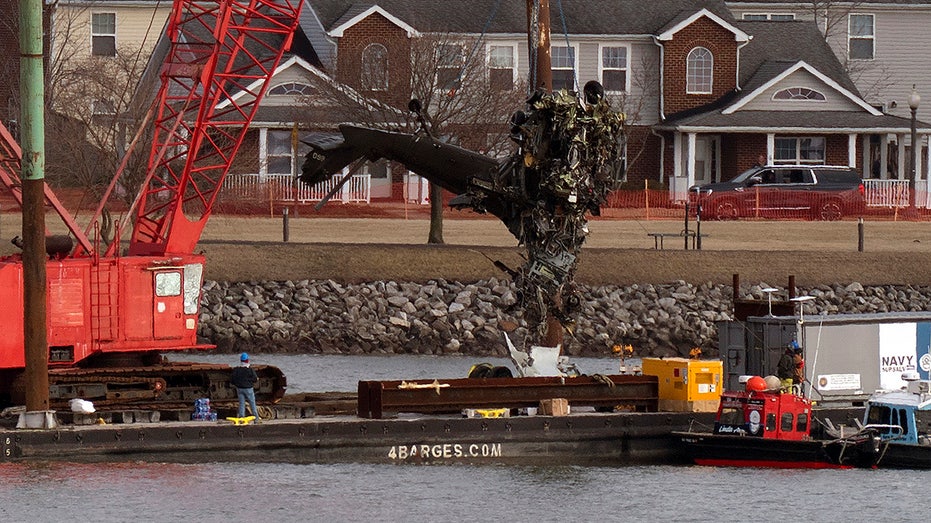
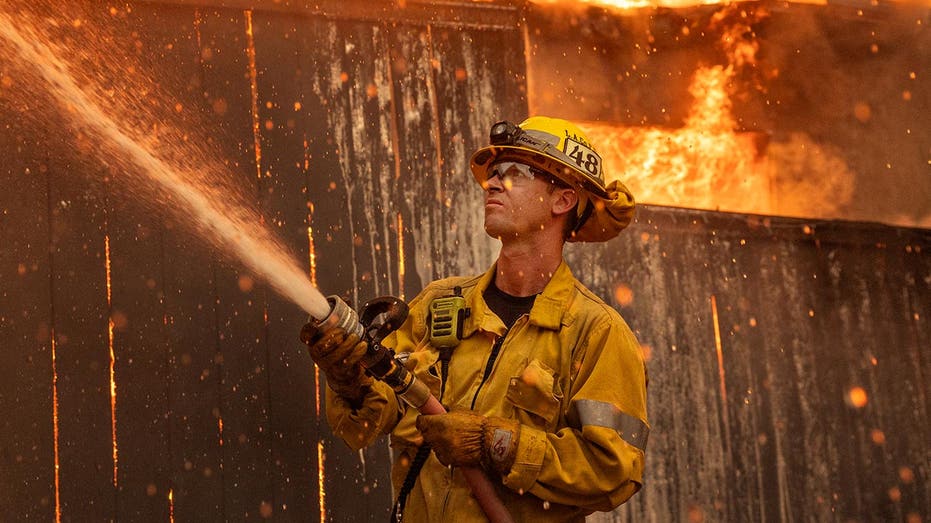


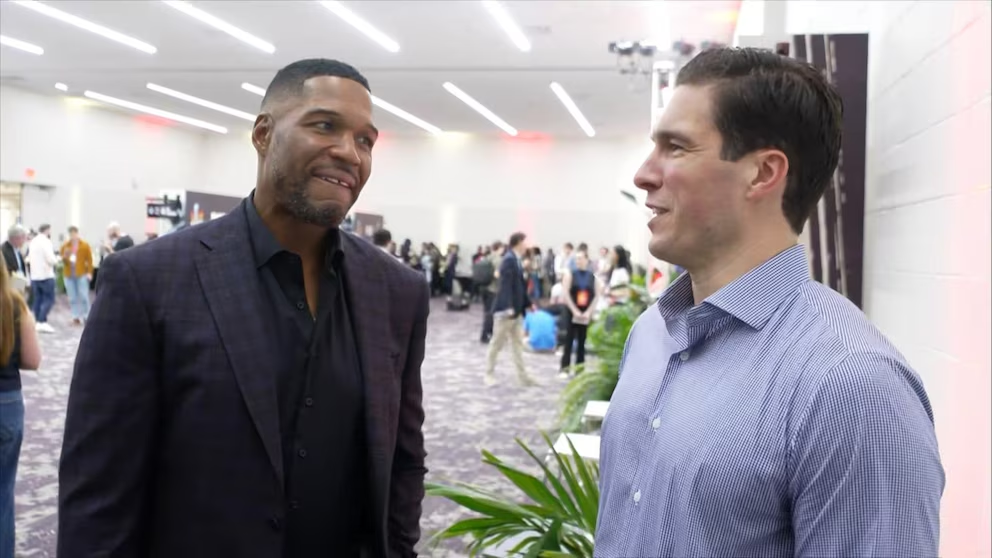






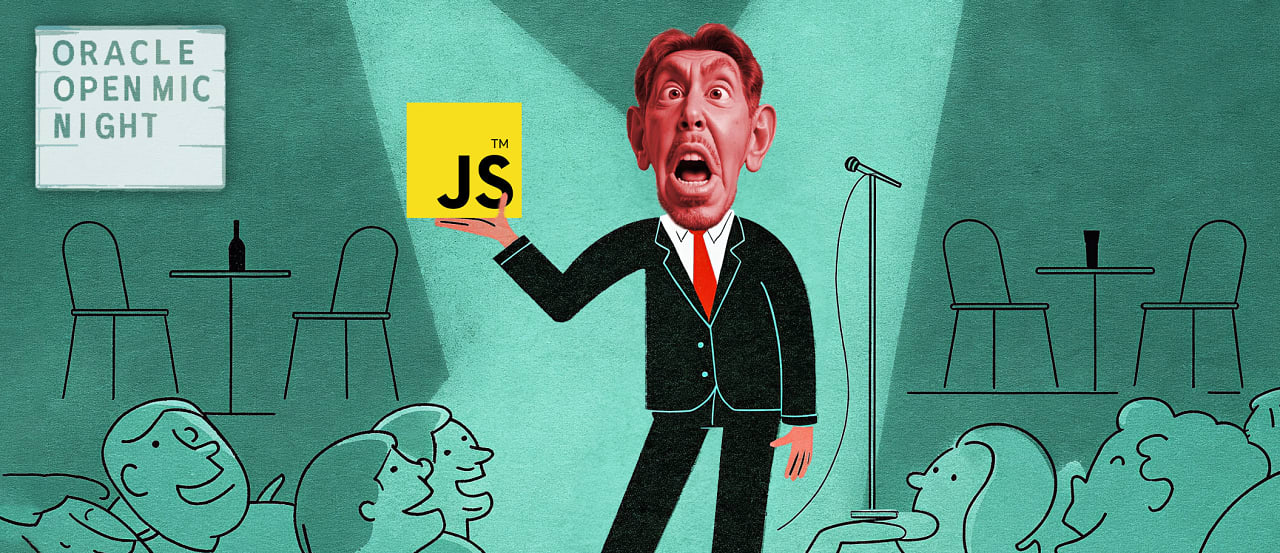







_Igor_Stevanovic_Alamy_Stock_Photo.jpg?#)















